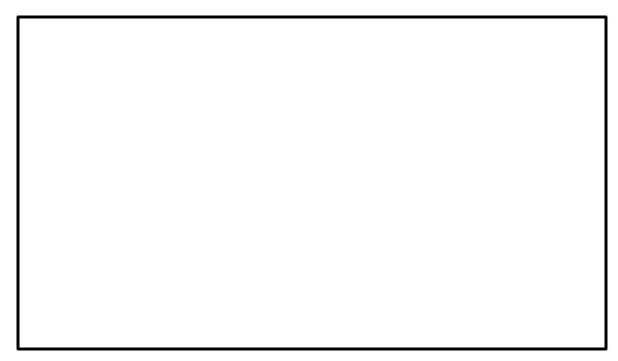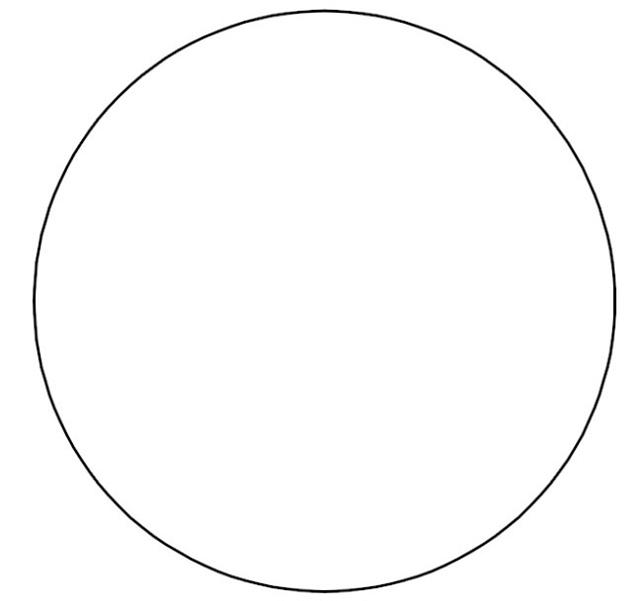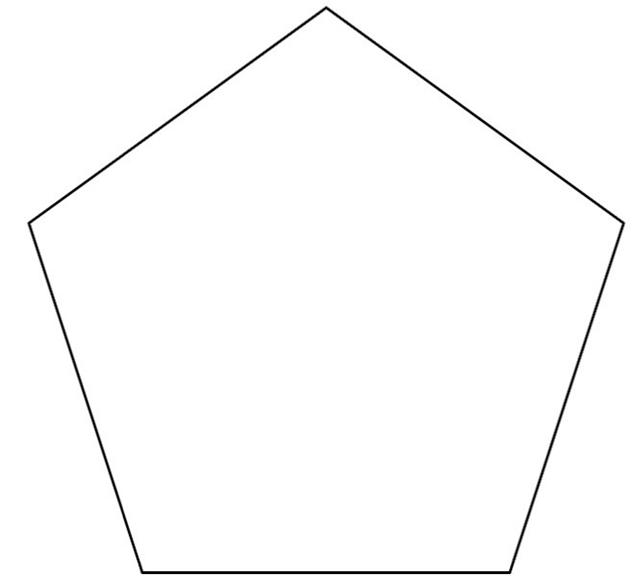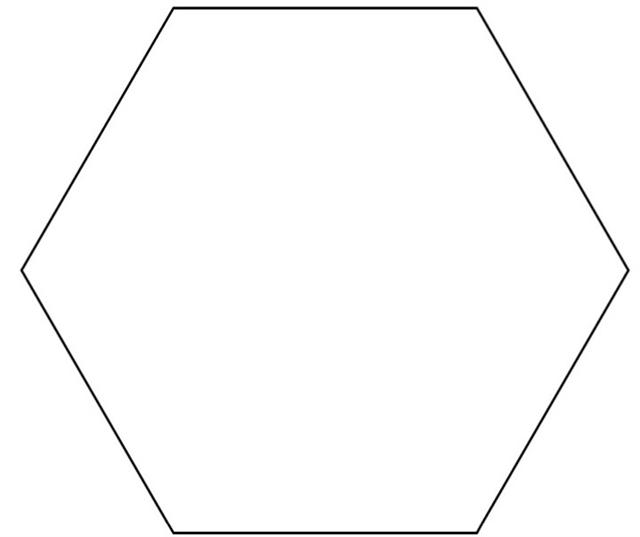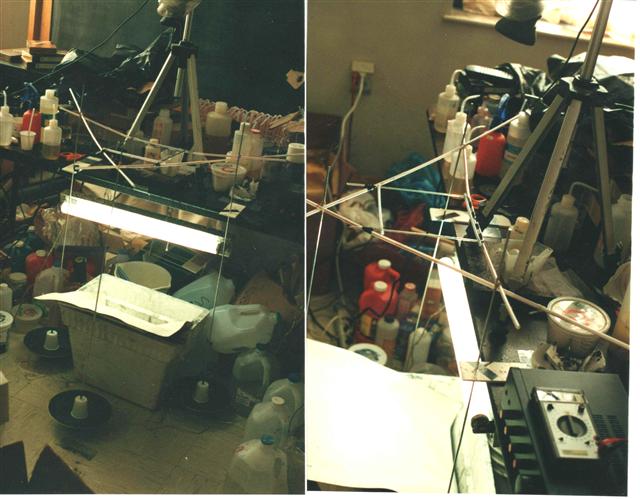
Experiments
The first bubble experiments were performed 1973-1975 exploring fluid activity in expanding dye bubbles. The phenomenon ranged from rotating vortex structure to bifurcation events and was archived on paper as prints. Experiments from 1983 to 1985 introduced mechanically inflated bubbles with a 60hz air pump. Oscillating nucleus morphology evolved and were recorded with video equipment. During the period 1993-1995, dye bubbles and films were mechanically vibrated at frequencies of 1-20hz. Many phenomenon were discovered including the formation of non-winding rotating armed structures and other components.
Much like cymatic resonance, vibration of surface tense films is sensitive to both frequency and amplitude. Spherical, polygonal and superelliptical bubble films were vibrated with acoustic signal between 20 and 50 hertz at various amplitudes in 2008.
Standard bubble dye solutions of varied viscosity and surface tension included fluorocarbon surfactants, glycerine, textile inks and dyes. Average bubble/film size: 2"-4" dia.
Original website of bubble experiments:
http://web.archive.org/web/20041225142801/http://www.editcorp.com/Personal/John_Choma/index.html
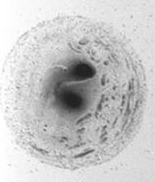
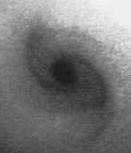
Early work (1984) generated both oscillating nucleus activity and grand spiral galaxy-like structure at various stages of vibrating expansion.
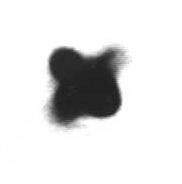
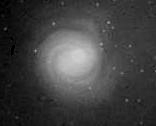
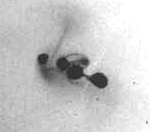
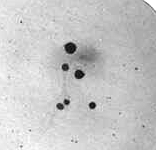
Spray patterns of collapsed and burst bubbles yielded novel imagery, which were modified with varied viscosities, combinations of solutions and burst points.
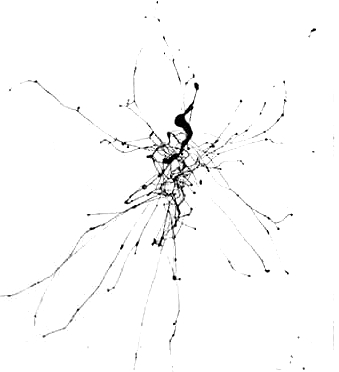
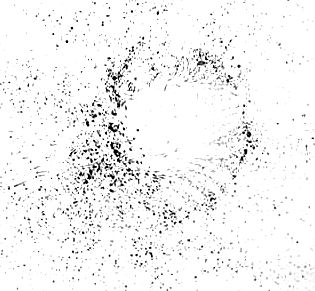
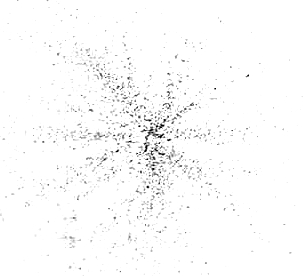
1993-1995 work generated hours of experiments mechanically oscillating bubbles and bubble films in polygonal frames, primarily spherical, rectangular, pentagonal and hexagonal.
views of lab apparatus
